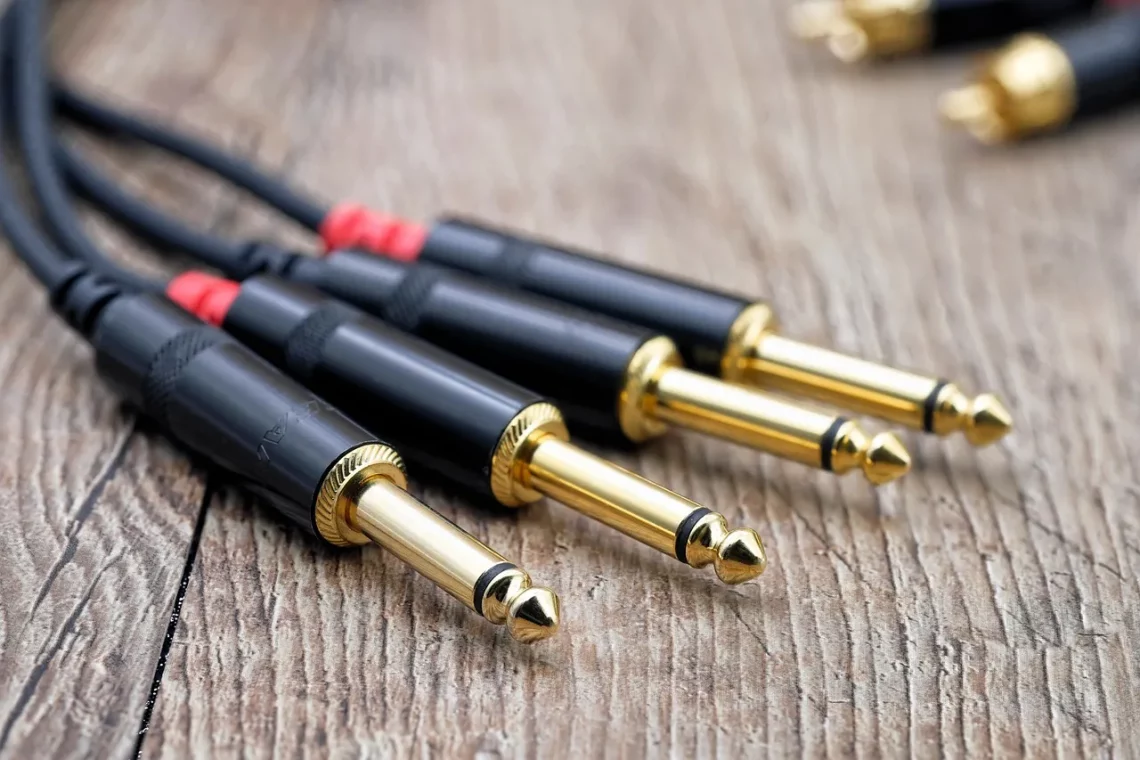
The Allure of Woman Moaning Sounds: Exploring Sensual Audio Experiences
The human experience is a tapestry woven from various sensory threads, and sound plays a crucial role in shaping our emotions and perceptions. Among the myriad of sounds that evoke deep feelings, the moaning sounds of women stand out for their unique ability to convey a range of emotions—from pleasure to vulnerability. These sounds can stir the imagination, evoke memories, and create an atmosphere of intimacy that transcends mere words.
The allure of these sounds lies not only in their physicality but also in their psychological impact. They resonate with the listener on multiple levels, often eliciting responses that are both visceral and cognitive. The sensuality embedded in moaning can create a shared experience, blurring the lines between the subject and the observer. This phenomenon raises intriguing questions about the nature of sound as an aphrodisiac and the ways in which our auditory experiences shape our understanding of intimacy and connection.
As we delve into the intricacies of this topic, it becomes clear that the resonance of woman moaning sounds taps into something profound within us. Whether used in artistic expressions, personal explorations, or even therapeutic settings, these sounds have the potential to unlock hidden emotions and foster deeper connections. Exploring this fascinating audio experience reveals not just its appeal but also its significance in the broader context of human interaction and intimacy.
The Psychology Behind Sensual Sounds
Understanding the psychology behind sensual sounds, particularly moaning, involves examining the emotional responses they elicit. Sound is a powerful medium that can invoke feelings of comfort, excitement, and arousal. In the context of moaning, these sounds often signal pleasure and can trigger a range of reactions from listeners, including empathy, desire, and even nostalgia.
Research in psychology suggests that sound can significantly influence our mood and emotional state. For instance, the pitch, tone, and rhythm of a moan can create an atmosphere that feels inviting and intimate. Lower frequencies may evoke feelings of calmness, while higher frequencies can stimulate excitement or tension. This interplay between sound and emotion is particularly relevant when discussing sensual experiences, as it can heighten awareness and increase feelings of connection.
Moreover, moaning sounds can create a shared experience between the speaker and the listener. This shared auditory experience can foster intimacy, making the listener feel included in a moment that is often considered private. The ability of sound to bridge the gap between individuals highlights its importance in human relationships. When a woman moans, it can invite the listener to share in her experience, evoking feelings of closeness and understanding.
Additionally, the cultural context plays a significant role in how these sounds are perceived. Different societies have varying norms and expectations regarding expressions of pleasure. In some cultures, moaning may be embraced as a natural part of intimacy, while in others, it may be viewed as taboo. Understanding these cultural nuances can provide deeper insights into the allure of woman moaning sounds and their impact on listeners.
In essence, the psychology of sensual sounds, particularly moaning, reveals a complex interplay of emotion, connection, and cultural interpretation. These sounds not only serve as expressions of pleasure but also act as a medium for fostering intimacy and understanding between individuals.
The Role of Sound in Intimacy
Sound plays a pivotal role in establishing and enhancing intimacy in relationships. The nuances of auditory communication can often convey messages that words fail to express. In intimate settings, the sounds we produce and hear can significantly influence the depth of connection between partners.
Moaning, as a form of sound, serves as a powerful communicator of pleasure and satisfaction. When a woman moans, it often signifies a state of emotional and physical enjoyment. This auditory cue can encourage partners to engage more deeply, enhancing the overall experience. The reciprocation of sounds can create a rhythm that fosters a sense of unity, making the moment feel shared and profound.
Moreover, the intimate context in which moaning occurs can amplify its significance. These sounds often emerge during moments of vulnerability, where individuals let down their emotional guards. As a result, the listener may feel a greater sense of trust and closeness. This phenomenon can lead to a feedback loop where the sounds elicited by one partner encourage further responses from the other, creating an enriching cycle of intimacy.
Beyond mere physical pleasure, the role of sound in intimacy extends to emotional bonding. The act of moaning can evoke a sense of safety and acceptance, allowing individuals to express their desires openly. This freedom of expression can lead to increased emotional satisfaction, reinforcing the connection between partners.
In a broader context, sound can also play a role in the buildup to intimacy. Romantic environments often leverage sound—whether it’s soft music or whispered words—to create an atmosphere conducive to closeness. The strategic use of sound can set the stage for deeper connections, making moaning a natural extension of the auditory landscape.
Ultimately, the role of sound in intimacy is multifaceted. It serves not only as a signal of pleasure but also as a bridge that connects partners on emotional and psychological levels, enhancing the overall experience of intimacy.
The Impact of Media on Perceptions of Moaning
Media plays a significant role in shaping societal perceptions of various phenomena, including the sounds associated with intimacy. The portrayal of woman moaning sounds in movies, music, and online content can influence how these sounds are perceived and understood in real life.
In mainstream media, moaning is often used as a device to heighten emotional or dramatic moments. Whether in romantic films or music, moaning sounds can enhance the sensuality of a scene, making it more relatable and impactful for audiences. These representations can normalize the sound, embedding it into cultural narratives surrounding intimacy and pleasure.
However, the depiction of moaning in media is not without its complexities. While it can empower and celebrate female pleasure, it can also perpetuate unrealistic expectations. Audiences may come to associate certain sounds with a specific type of experience, leading to misconceptions about intimacy and sexual expression. This can create pressure on individuals to conform to these idealized portrayals, potentially detracting from genuine experiences.
Moreover, the rise of digital platforms has democratized the creation and sharing of sounds, including moaning. Content creators can share their interpretations of sensual sounds, allowing for a broader range of expressions and experiences. This shift has the potential to challenge traditional narratives and promote a more nuanced understanding of intimacy.
As media continues to evolve, it is crucial to consider the implications of these representations. The impact of sounds, especially those associated with intimacy, can shape societal attitudes and personal expectations. Encouraging diverse representations can foster a more inclusive dialogue about pleasure, intimacy, and the sounds that accompany them.
In summary, the impact of media on perceptions of moaning highlights the need for critical engagement with the narratives presented. While media can normalize and celebrate these sounds, it is essential to approach them with an understanding of their broader implications on societal attitudes and personal experiences.
In conclusion, the allure of woman moaning sounds is a rich and multifaceted topic that intersects psychology, intimacy, and media representation. These sounds serve as powerful communicators of emotion and connection, inviting listeners into a shared experience of pleasure and vulnerability. As we continue to explore the significance of sound in human relationships, it becomes evident that the auditory landscape of intimacy is as complex as the emotions it evokes.
**Disclaimer:** This article is intended for informational purposes only and should not be considered medical advice. If you have any health concerns, please consult a qualified healthcare professional.




